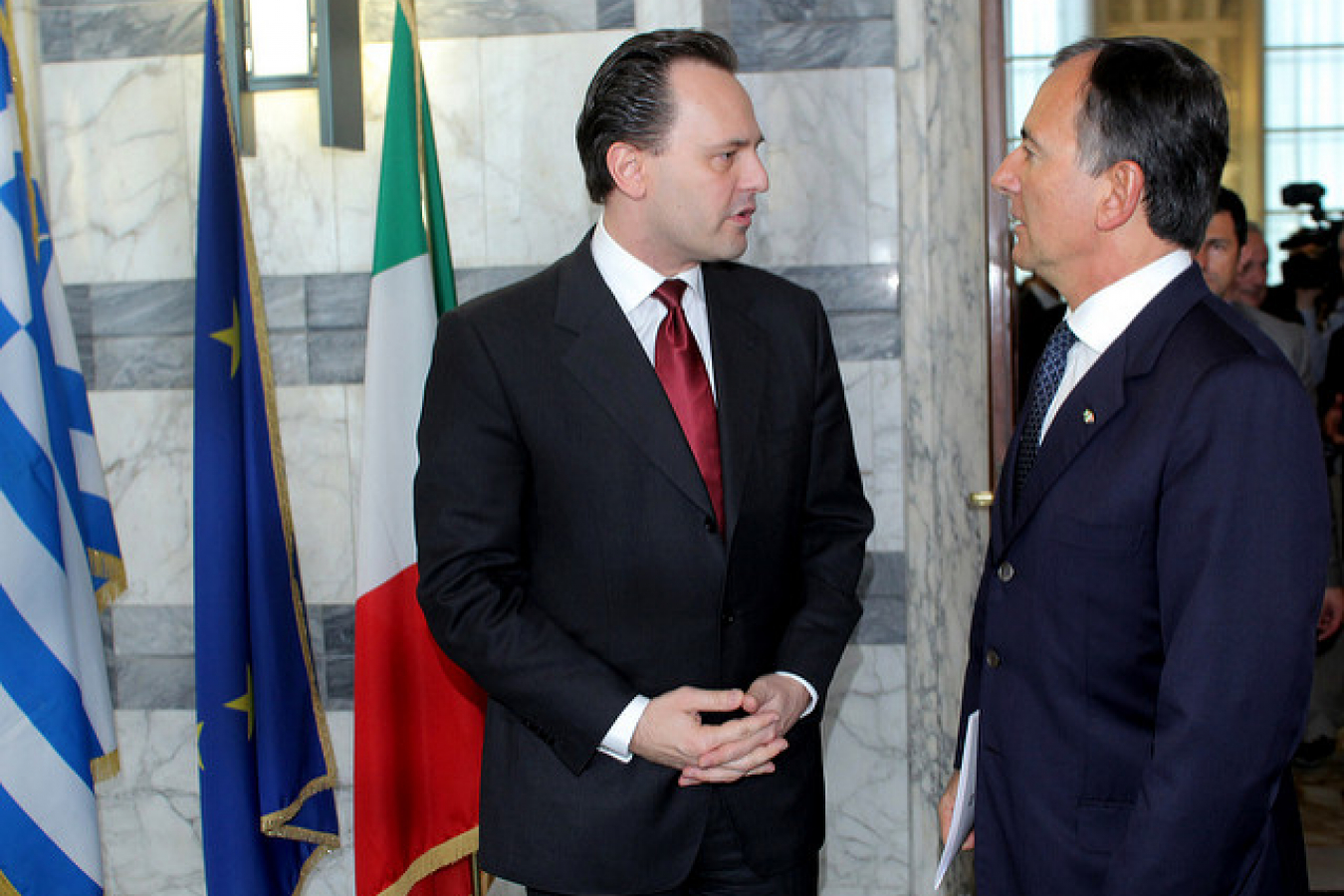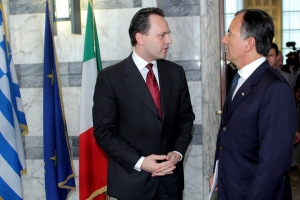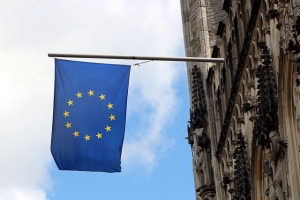Support migrant centric journalism today and donate

 • Media Center » Video Immigration News
• Media Center » Video Immigration NewsThe European Union's proposed "blue card", modelled after the U.S. green card, continues to dominate the topic of 27-member bloc's need for skilled migrants.

On 26 September 2007, EU lawmakers backed plans for the blue card which is designed to attract engineers, IT workers, and other highly qualified migrants from Asia, Latin America, and Africa. Migrants from these countries traditionally choose North America and Australia over Europe.
EU Commission Vice-President Franco Frattini says the EU must learn to compete with the U.S. in particular, which attracts the most mobile skilled labor in the world.
"We have to look at immigration as an enrichment and as an inescapable phenomenon of today's world not as a threat," Frattini said.
The blue card work permit would allow a skilled migrant to live and work in a given European Union member state for an initial, renewable, period of two years. After that, the worker is free to move to another EU member state.
The EU aims to solve a looming demographic crisis by attracting an estimated 20 million migrant workers from abroad.
"The challenge is to attract the workers needed to fill specific gaps," said Frattini. He said that 85 percent of unskilled labor goes to EU and 5 percent to the US, whereas 55 percent of skilled labor goes to the US and only 5 percent to the EU.
Lilli Gruber of Italy and Javier Moreno Sanchez of Spain, both members of the European Parliament who report on legal and illegal immigration, believe the blue card is one of the keys to solving the EU's immigration and demographic problems.
"This is a first step in the right direction -- even if it's timid." said Gruber. "Apart from the [preference to EU citizens] applied in large sectors of our economic policies, there's no question that a real demand exists for specific skills, varying from one country to another, which can't be met inside the EU. In those cases, it's fair to open our doors."
Sanchez said he supports measures that encourage legal immigration channels, which are fundamental to curbing "clandestine immigration" and human trafficking.
"This is only an initial step, focused on qualified workers and it will be necessary to continue to work on the establishment of a common status for the rest of immigrant workers, whom we need as much from the demographic point of view as from the economic one", he added.
In fact, the European Commission also plans in 2009 to propose guidelines to attract seasonal workers, which are essential for agriculture, construction, and tourism. However, the plans are still in a very early phase.
"There will be a debate, which will be open-ended," Frattini said.





















